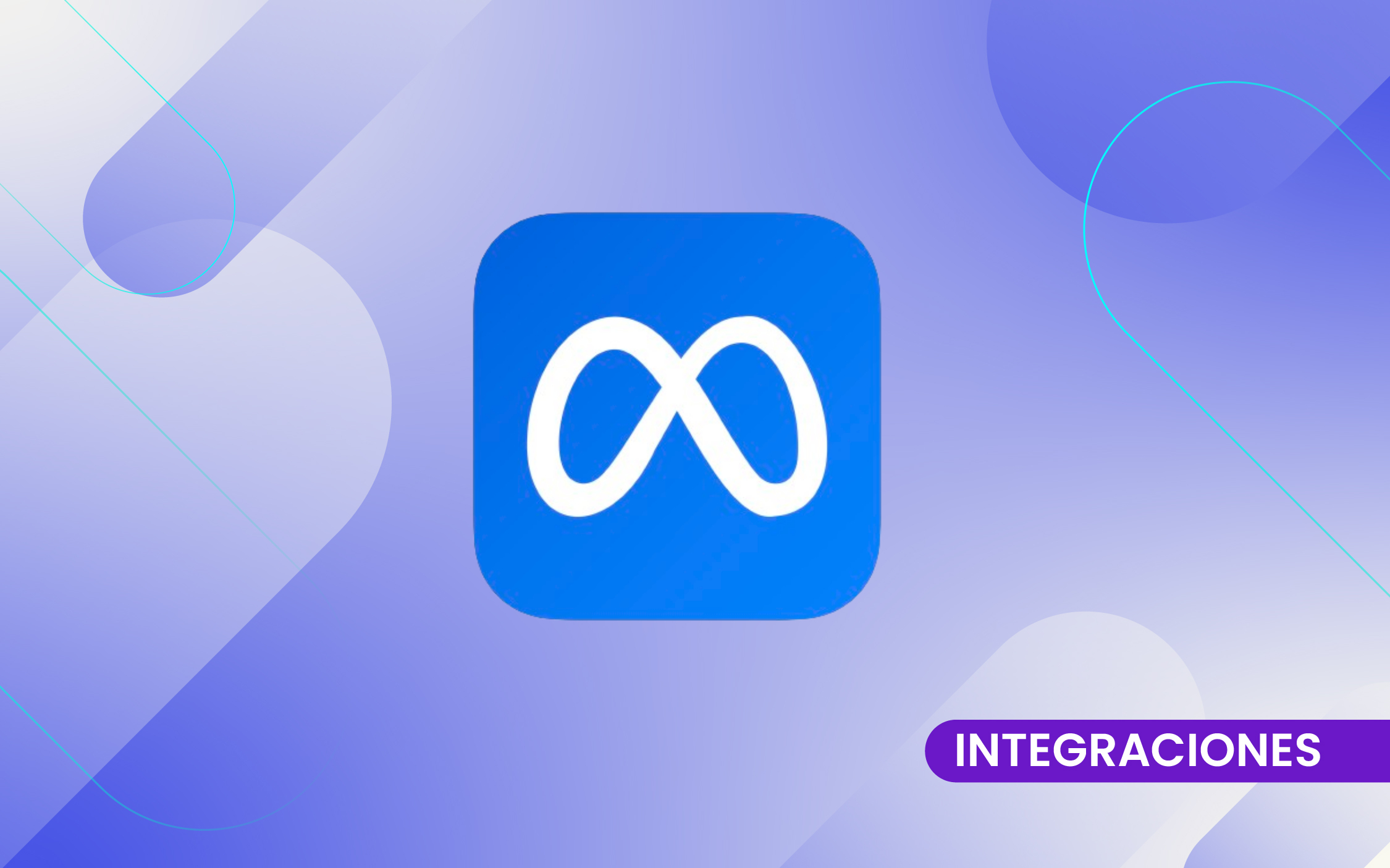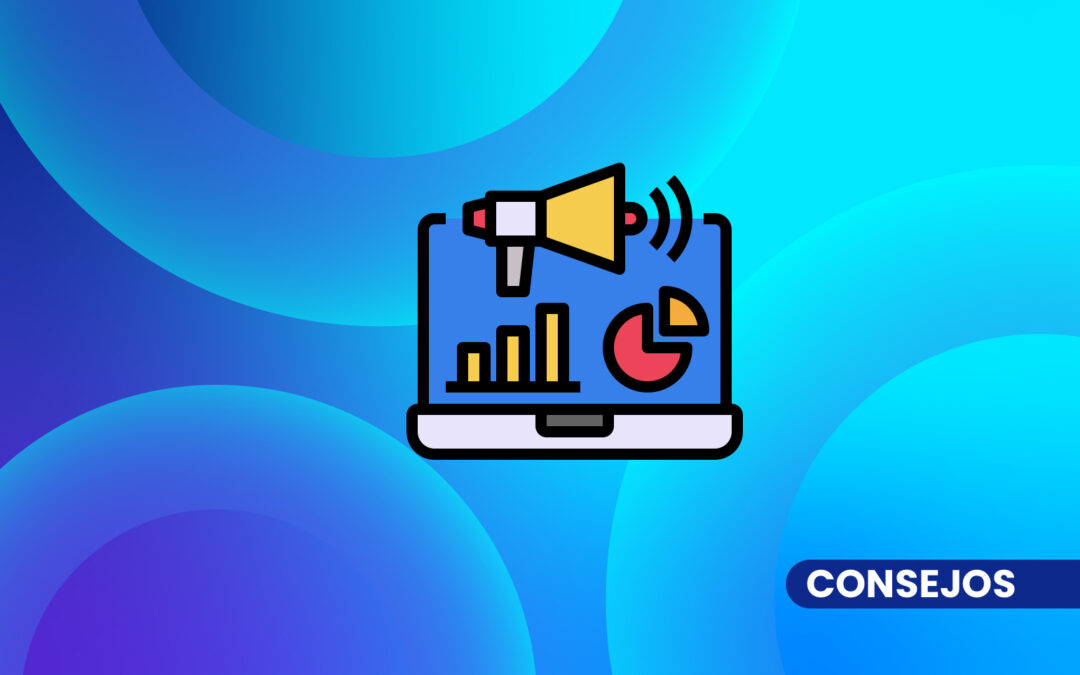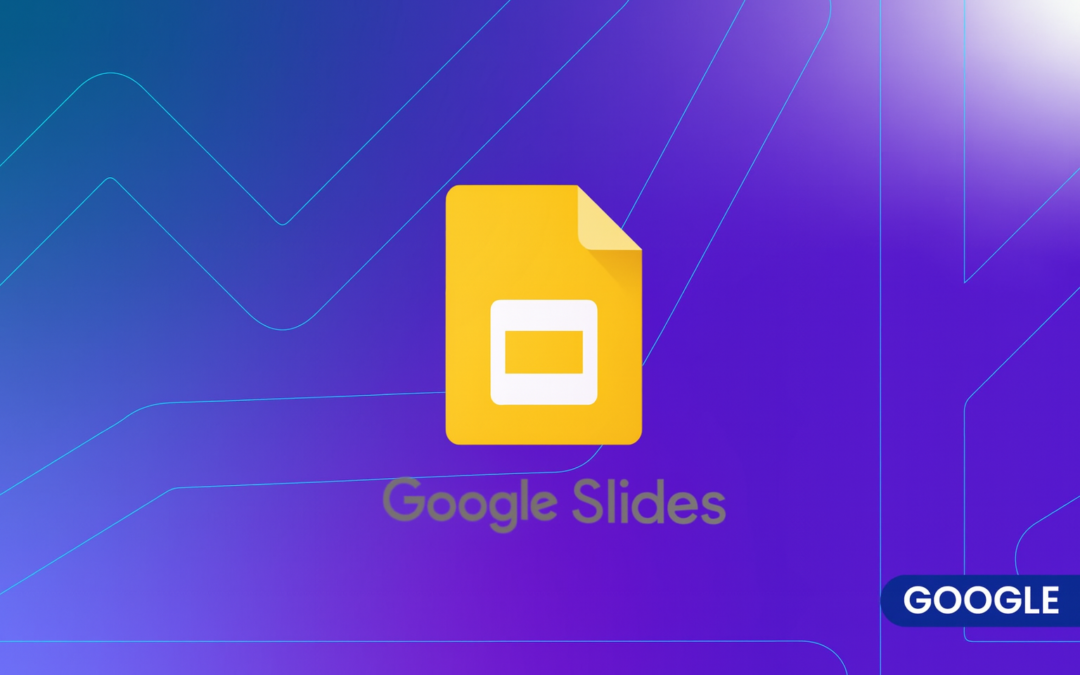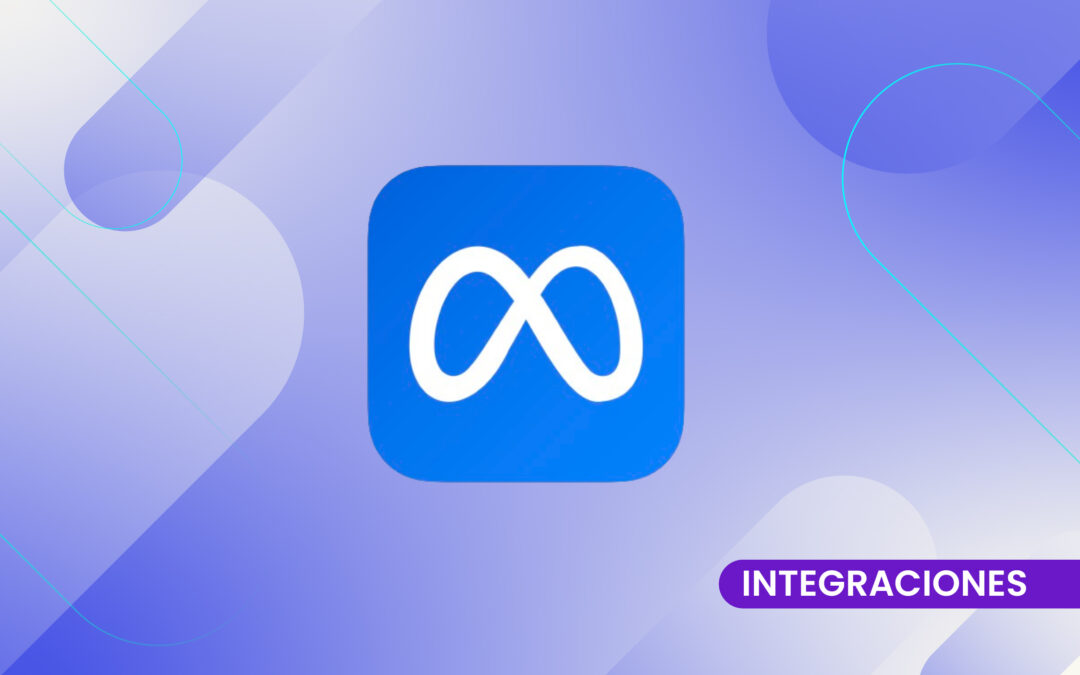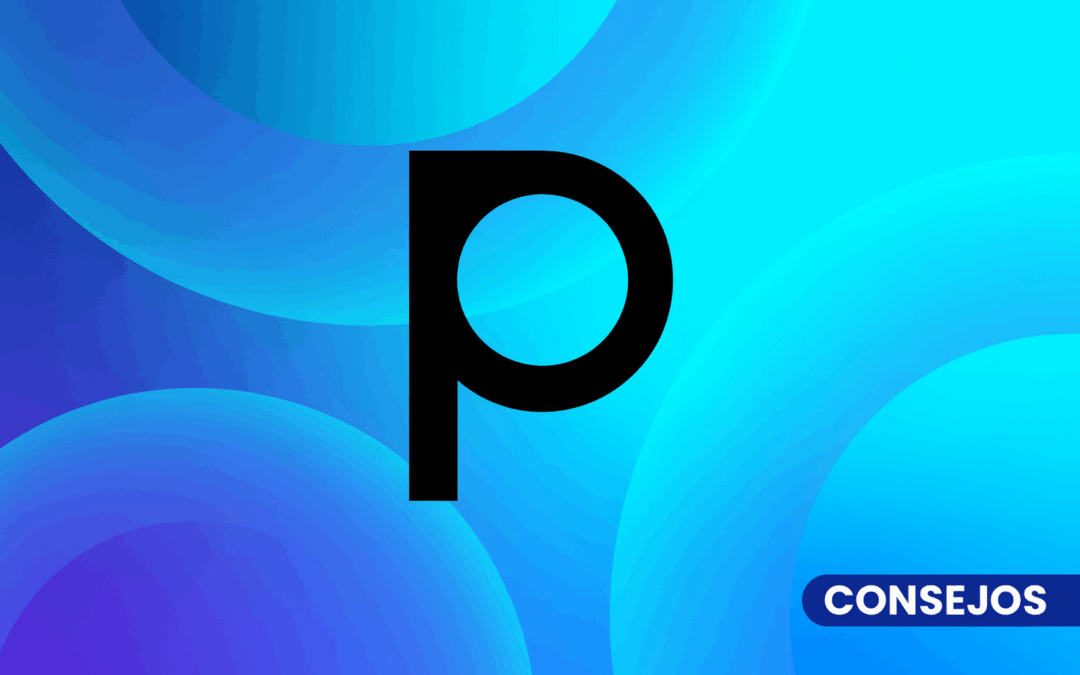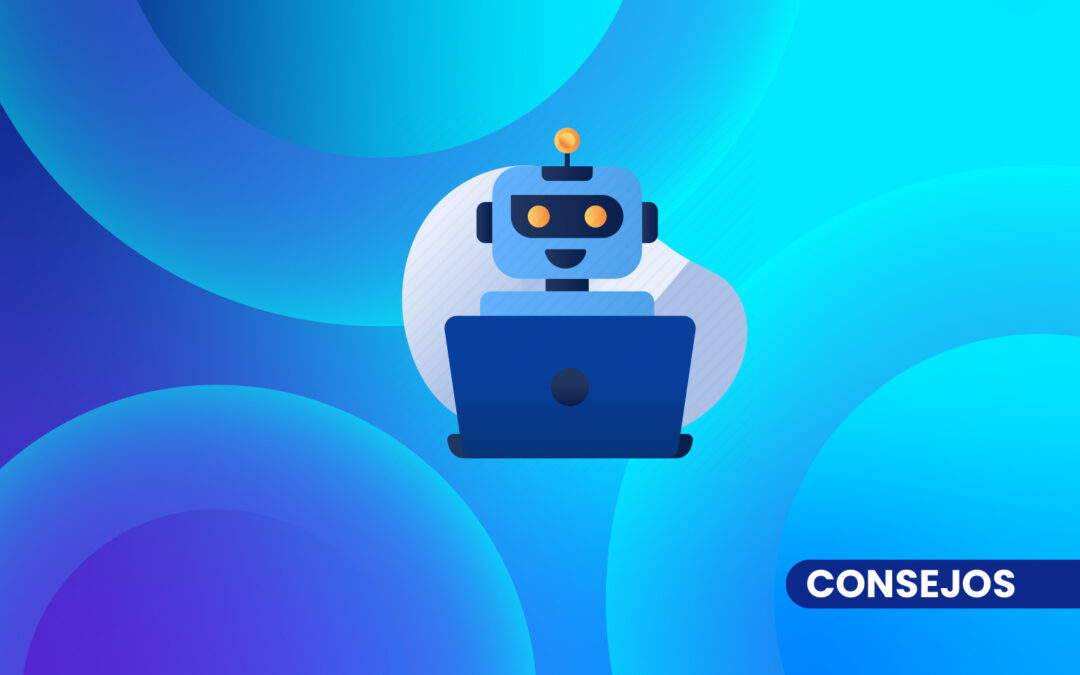Imagine you are a soccer coach. Your goal is clear: to win the game. But to achieve it,
is not enough to put eleven players on the field and wait for them to be inspired. You have to
put together a strategy, know your opponent, choose the right tactics and plan every move. The same thing happens in
marketing. And the conversion funnel is that game plan
that defines how you are going to go from strangers to customers.
I'm Lisandro Ramos, founder and CEO of Quiero Mis Redes, Meta Business Partner agency.
At QMR we not only work with brands from different countries, but we also train
marketing professionals from our academy. And if there is one thing we have learned is that there is no
successful campaigns without strategy. That's why, in this article I want to tell you how to think about a specific conversion funnel
for Meta Ads.
What is a conversion funnel?
A conversion funnel is the path a person follows from the first time they see your brand until they end up buying from you.
. It is called "funnel" because at each stage
reduces the number of people, but increases the intention to buy.
A good funnel allows not only to attract, but also to nurture, convince and close sales. And
the best part: it can be applied 100% in Meta advertising campaigns.
The three stages of the funnel (and how to apply them in Meta Ads)
TOFU - Top of the Funnel (Awareness)
The objective at this stage is simple: to make people aware that you exist.
Here you can use recognition or interaction campaigns with pieces such as:
- Short videos showing your value proposition.
- Reels or trending content adapted to your industry.
- Free resources such as lead magnets, guides or a free masterclass (like this one:
https://quieromisredes.com/masterclass-meta-ads/ ). - This same article can also be part of your TOFU: you educate the user and open the
door to continue knowing your brand.
MOFU - Middle of the Funnel (Consideration)
Here the person already knows you, but is not yet ready to buy. It is time to generate
trust and awaken their interest in buying your product/service, I recommend
sales campaigns if you have an e-commerce or messages/prospects if you sell a service.
Examples of effective ads for this stage:
- Direct sales ad mentioning the benefits of your proposal
- Comparisons with the competition (without being aggressive).
3. BOFU - Bottom of the Funnel (Conversion)
Now it's time! At this stage we are aiming at the sale. The user already knows you and is evaluating
to buy.
Here you should use:
- Ads with remarketing to those who added products to cart, talking to you 1 to 1
- Limited time offers.
- Customer testimonials in video format.
- And a very powerful resource: content generated by the brand owner.
For example, one of our clients doubled the ROAS (return on advertising investment)
simply by switching from a generic ad to a self-recorded video saying:
"I know you're about to buy. That's why I want to tell you why this product is for
you."
That kind of closeness is unbeatable.
Conclusion
A well-built funnel not only improves your results: it gives you clarity. You know what to tell
each person at the right time. And that, in an ecosystem like Meta Ads, is pure gold.
Now that you have the theory, get ready to apply it. And if you want help, at QMR we are here for you.
Remember that if you want to learn how to create funnels like this for you or your clients, at
our academy we have courses designed to take you step by step through the process.
You can check them out here: courses and if you want us to implement the whole process for you, I invite you to chat with us at our digital marketing agency.
